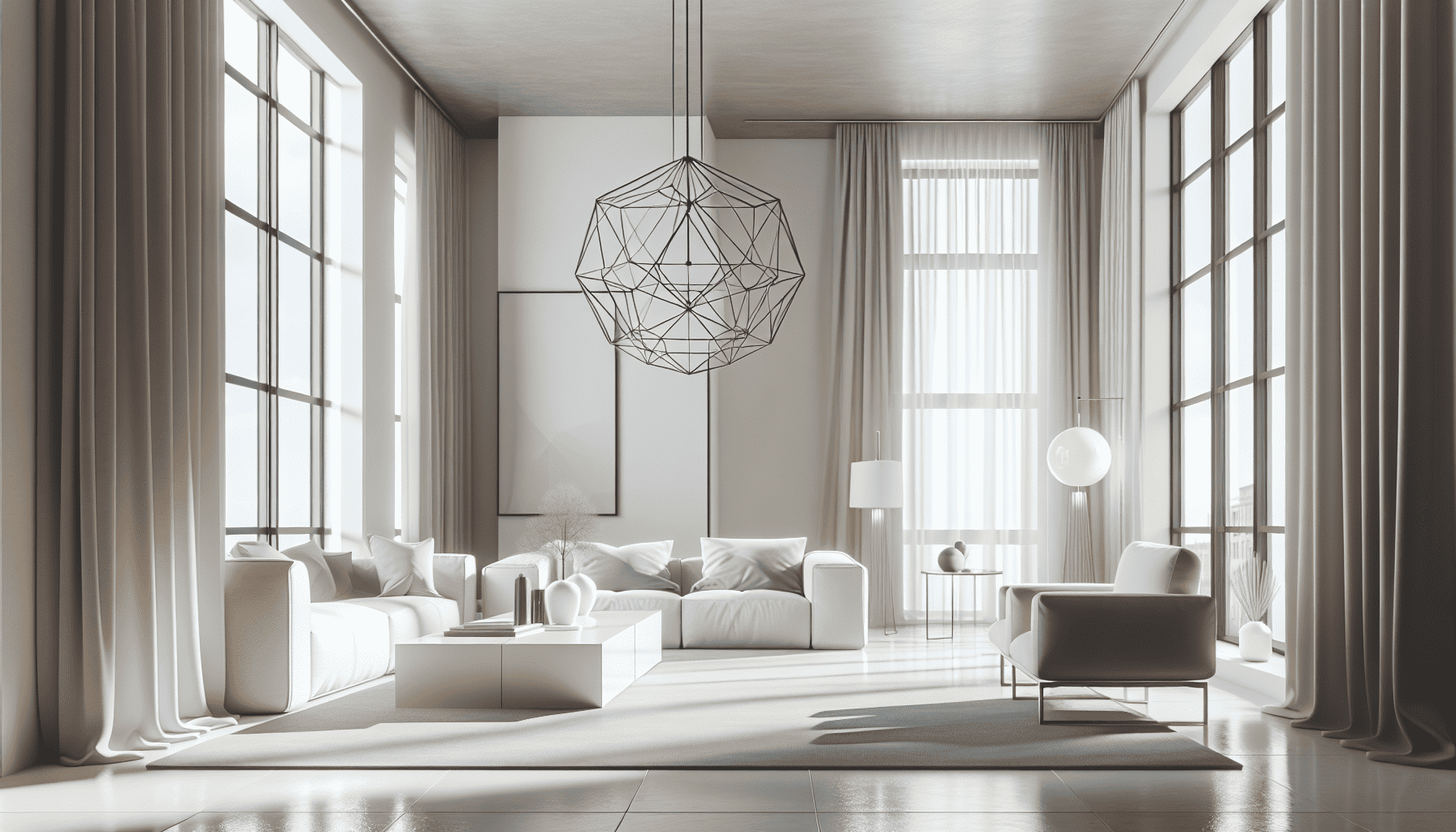Minimalist design has surged in popularity over recent years, offering a remedy for the cluttered chaos of modern living. By embracing simplicity and intentionality, minimalist design transforms spaces into tranquil havens, making them feel larger and more inviting. Discover how to seamlessly integrate minimalist principles into your home and create an environment that perfectly balances style and functionality.
Understanding Minimalism
Minimalism is more than just an aesthetic; it's a mindset. It revolves around the idea of "less is more," encouraging you to surround yourself only with items that serve a purpose or bring joy. This approach not only reduces visual clutter but also contributes to a cleaner, more organized space.
Maximizing Space
One of the primary benefits of minimalist design is its ability to make any space appear larger. By eliminating unnecessary items and focusing on clean lines and neutral color palettes, minimalist design tricks the eye into perceiving more room. Opt for furniture with sleek profiles, integrated storage solutions, and multifunctional purposes to free up valuable floor space.
Creating a Serene Environment
Minimalist spaces often evoke a sense of calm and serenity. The absence of clutter and noise within a room contributes to a peaceful atmosphere, one where the mind can unwind and focus. Achieve this serenity by sticking to a subdued color scheme—think whites, grays, and earthy tones—while also introducing elements of nature, such as indoor plants, to add warmth and life.
Balancing Style and Functionality
Achieving minimalism doesn’t mean sacrificing style or functionality. In fact, this design approach encourages finding beauty in simplicity and practicality. Choose high-quality, timeless pieces that serve your everyday needs while also complementing the overall aesthetics of your space. Embrace open shelving to display a curated selection of meaningful objects, and ensure every piece has a designated place.
Decluttering on a Deeper Level
The path to minimalism begins with decluttering. Assess each room with a critical eye and rid it of anything that doesn't add value or utility. This process can feel daunting, but it's essential for achieving a minimalist home. Once you've cleared the clutter, you'll feel a sense of liberation and clarity, paving the way for simplicity to thrive.
Incorporating Minimalist Art and Decor
While minimalist design prioritizes functionality, it doesn't renounce art or decor. However, it encourages intentional choices. Select artwork or decorative elements that reflect your personal taste without overwhelming the space. Consider incorporating a single statement piece or a few well-chosen accents to maintain the minimalist ethos.
Conclusion
Minimalist design is about crafting an environment that enhances your lifestyle by enveloping you in simplicity and intentionality. As you embrace these principles, you'll find that your home becomes not only more spacious but also a true reflection of yourself—calm, uncluttered, and focused. Through thoughtful curation and smart design choices, create a sanctuary that breathes tranquility and order into your every day.
